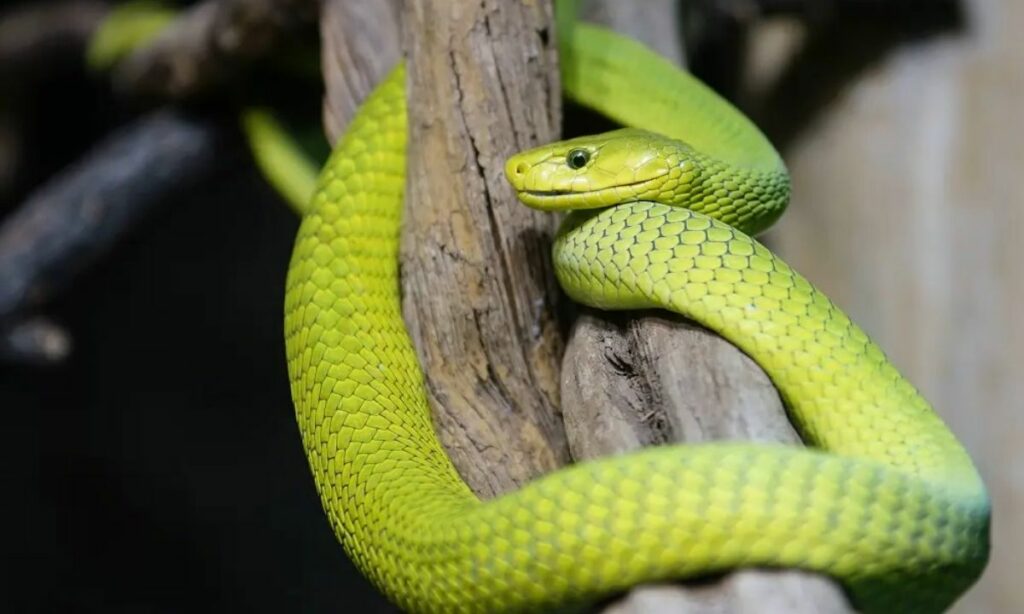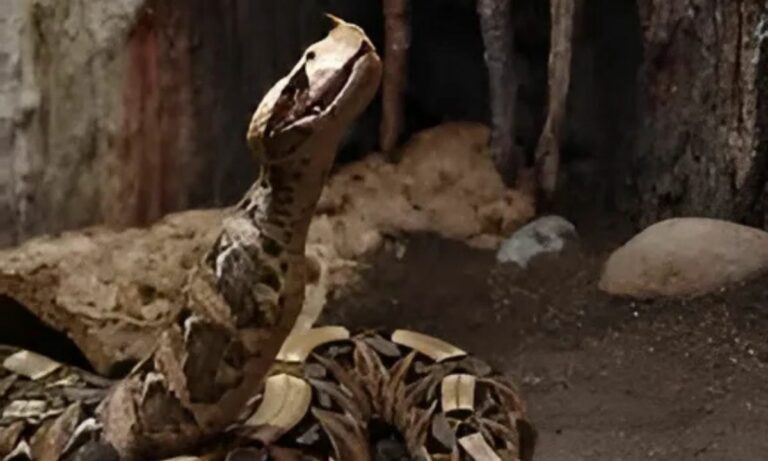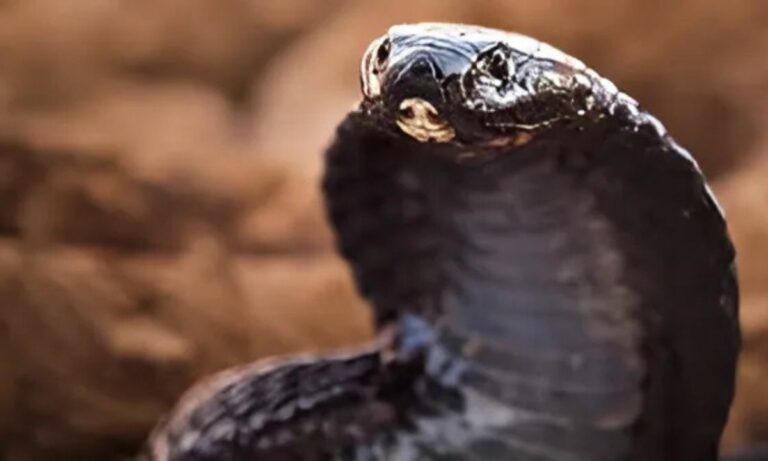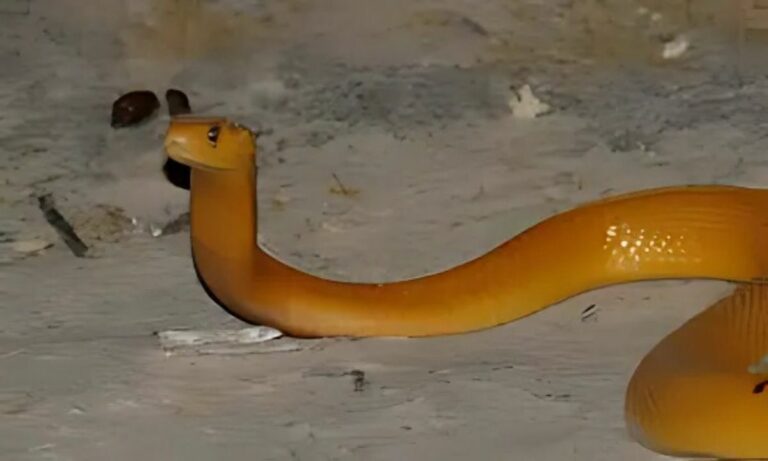How Dangerous Is the Western Green Mamba Snake?
Slithering through West Africa’s rainforests, the Western Green Mamba (Dendroaspis viridis) is nature’s emerald assassin. Less famous than its eastern cousin but equally fascinating, this snake combines breathtaking beauty with deadly potential.
Scientific Identity
Scientifically known as Dendroaspis viridis, its name tells a story:
- Dendroaspis: “Tree asp”
- Viridis: “Green”
Where to Find This Green Ghost
This elusive snake inhabits:
- Senegal
- Gambia
- Guinea
- Ghana
- Ivory Coast
Preferred Hangouts

Unlike its eastern relative, it favors:
- Dense rainforests
- Forest edges
- Wooded savannas
- Sometimes plantations
Venom: A Hidden Threat
While less aggressive than black mambas, its venom contains:
- Powerful neurotoxins
- Cardiotoxins
- Fast-acting components
Bite Consequences
Untreated bites may cause:
- Respiratory failure
- Severe pain
- Paralysis
- Death in severe cases
Hunting and Feeding
This daytime predator enjoys:
- Birds and eggs
- Tree rodents
- Small mammals
- Occasional lizards
Unique Hunting Style
Using its excellent vision, it:
- Ambushes from trees
- Strikes with precision
- Often eats while hanging
Physical Characteristics
Spotting features include:
- Yellow-green coloration
- Slender, streamlined body
- Up to 2 meters long
- Large, alert eyes
Defensive Behaviors
When threatened, it may:
- Flatten its neck
- Open black mouth
- Hiss loudly
- Strike if cornered
Safety Around Green Mambas
For those in its territory:
- Watch where you step
- Look up in trees
- Never provoke
- Seek immediate help if bitten
While breathtaking, remember this golden rule: Appreciate from a distance!
See also:



